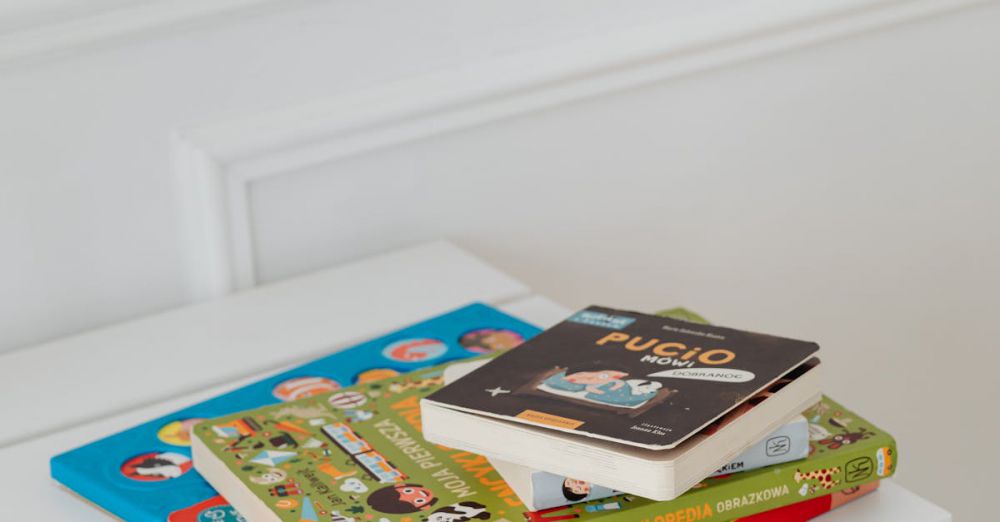How to Pick Durable Picture Books for Kids
Choosing the right picture books for children is essential for fostering a love of reading while ensuring they can withstand the rough and tumble of young hands. Picture books are often the first literary experiences children have, and picking durable options can make a significant difference in their longevity and enjoyment. Here are some tips to help you select robust picture books that will stand the test of time.
Material Matters
One of the most important factors to consider when choosing durable picture books is the material of the pages and cover. Look for books made from thick, sturdy cardboard or board book formats, which are specifically designed for little ones. These materials are resistant to tearing and bending, making them ideal for infants and toddlers who may be prone to mishandling. Additionally, some books come with wipeable surfaces, allowing for easy cleaning of sticky fingers or spills.
Binding Techniques
The binding of a book can greatly affect its durability. Opt for books that use strong binding techniques, such as sewn or glued bindings rather than stapled ones. Sewn bindings hold up better over time, allowing the book to withstand frequent opening and closing without pages falling out. Glued bindings can also be sturdy, but be cautious of books that seem overly flexible, as they may not endure vigorous use well.
Interactive Features
While interactive features can enhance the reading experience, they can also impact a book’s durability. Flaps, pop-ups, and pull-tabs can be enticing for young readers, but they can easily become damaged. If you choose a book with interactive elements, inspect the quality of these features. Ensure that the tabs are securely attached and that the pop-ups are reinforced to withstand repeated handling.
Thematic Appeal
Select books with themes and illustrations that will capture a child’s attention and imagination. Engaging stories about animals, adventure, or everyday life can encourage repeated readings, which naturally leads to more wear and tear. Look for books with bright colors and captivating artwork that will draw children in and keep them coming back for more. The more a child loves a book, the more likely they are to handle it frequently, so choose themes that resonate with their interests.
Age Appropriateness
Understanding the developmental stage of the child will guide you in selecting the right picture books. For younger children, look for sturdy board books that are specifically designed for babies and toddlers. As children grow, they can handle thinner pages, but durability should still be a priority. Additionally, consider the complexity of the story; picture books with simple plots and clear illustrations are often more engaging for younger readers, leading to more careful handling.
Brand Reputation
Some publishers are known for producing high-quality, durable children’s books. Researching brands with a reputation for longevity can save you time and money. Look for reviews and recommendations from trusted sources, such as parents, teachers, or librarians, who have firsthand experience with various titles. Established publishers often prioritize quality in their production processes, ensuring that their books can endure the rigors of young readers.
Care and Maintenance
Finally, consider the care and maintenance of the books. Even the most durable books can succumb to damage if not handled properly. Teach children the importance of treating books gently. Encourage them to turn pages carefully, avoid eating while reading, and store books in appropriate places. Implementing simple care routines can significantly extend the life of any picture book.
Lasting Impressions
When you select durable picture books, you’re not just investing in stories; you’re creating lasting memories. Books become cherished companions that foster imagination, build vocabulary, and instill a love for reading. By prioritizing durability, you ensure that these experiences can be shared and enjoyed over and over again, allowing children to form meaningful connections with literature. A well-chosen collection of picture books can be a source of joy and learning for years to come, making the effort to choose wisely all the more worthwhile.







